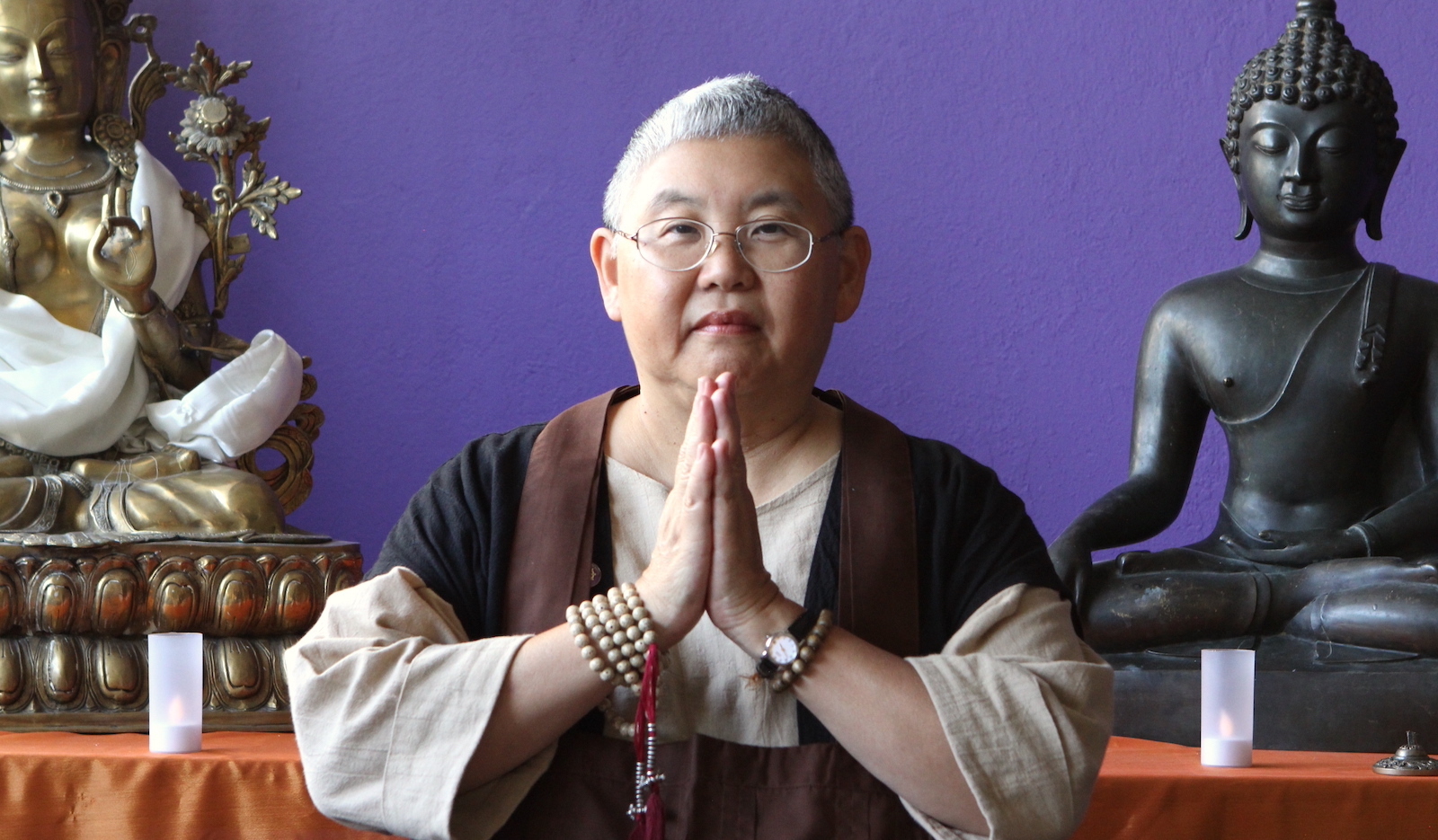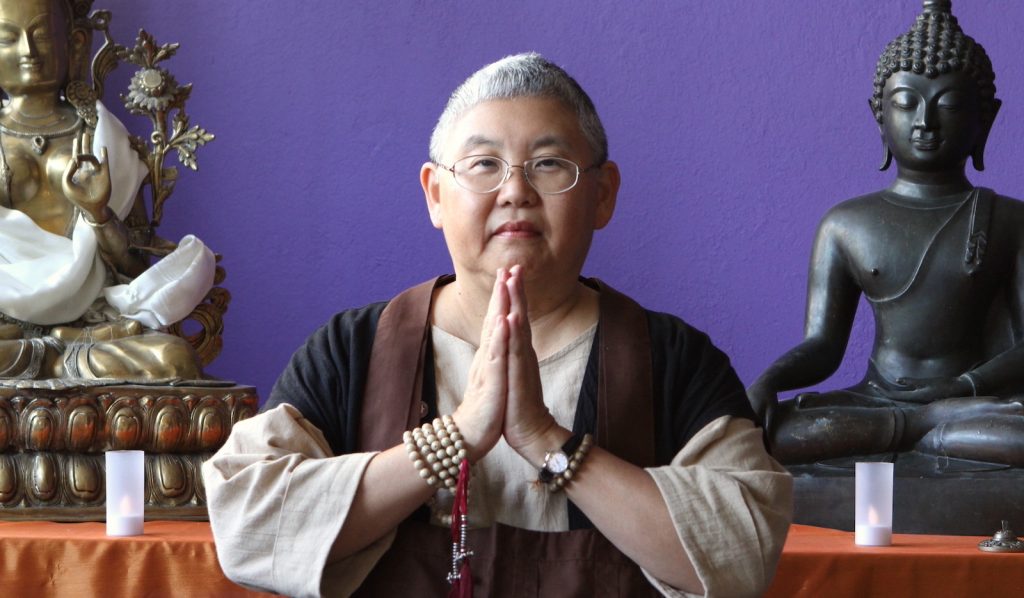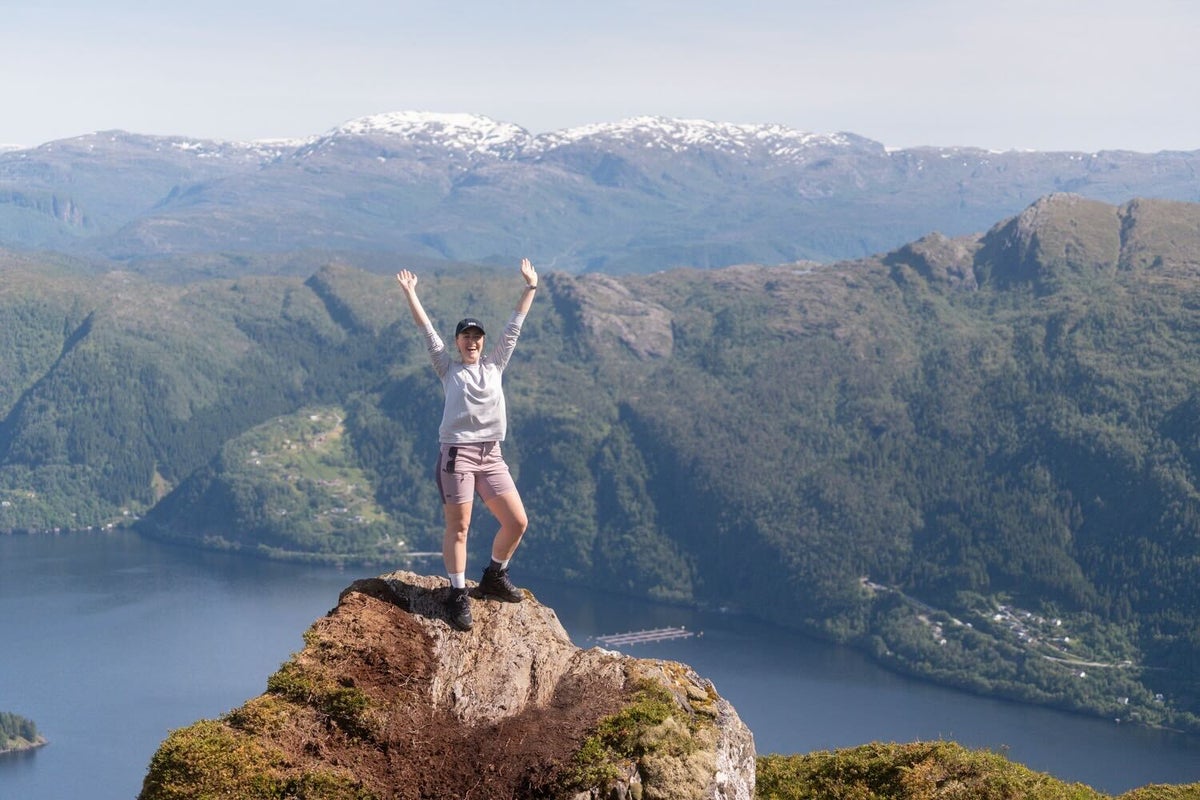Seeing the Unseen
How can we be good spiritual friends and build more welcoming and inclusive sanghas? It starts with seeing who is not in the room. The post Seeing the Unseen appeared first on Tricycle: The Buddhist Review.

How can we be good spiritual friends and build more welcoming and inclusive sanghas? It starts with seeing who is not in the room.
By mushim May 23, 2023
In an excerpt from her 2013 Dharma Talk “Real Refuge: Building Inclusive and Welcoming Sanghas,” Buddhist teacher Mushim Patricia Ikeda applies mindful awareness in her reflection of how to build inclusive sanghas in the samsaric world.
How do we make the invisible visible? How can we see the unseen? We could get fancy and I could give this practice a name—the practice of seeing with the great wisdom eye of liberating compassion. In plainer language, in diversity and inclusion work, it begins with looking around the room and noting who’s here and who isn’t here. It’s a practice of mindful awareness.
For example, in the Zen Buddhist Temple in Ann Arbor, Michigan, where I started training in 1982, we were located in an old house that we were renovating. There were steps that led from the street level up to a porch, then a narrow doorway with a threshold that you had to step over, and then an entryway area that took you up to the meditation hall and other parts of the temple. But there was no wheelchair ramp. Therefore, by definition, we never had any people coming to meditate or practice with us in wheelchairs or who had severe mobility limitations. We never saw them in the meditation hall. Was it because there were people in that city in wheelchairs who didn’t want to come? We didn’t know, and we didn’t find out at that point. Since that time, a ramp has been built, and it has become a diverse and thriving sangha. Sometimes it takes time. We’ll never get to our goals unless we have in mind that we want to become more inclusive.
Usually, when we ask who isn’t here, someone will be confused and ask, “How can I see who isn’t in the room?” We can extend “the room” to all the places we go on a regular basis, on vacations, and special trips, as well. We can look around any time and ask ourselves how many people appear to be here in the room. I want to emphasize the word “appear.” We can’t always know how others self-identify, but as humans we do look around, even if we’re not aware of it, and we’re constantly making these assessments.
How many people here appear to be people of color, younger, older, in wheelchairs or scooters? How many people here appear to be women, men, [non-binary], or maybe I can’t tell how they may self-identify in terms of gender? How many people here are of various body shapes and sizes? Or who appears to me to be low, medium, or higher income? I want to stop and emphasize that we’re invoking a mind state—and this is important as we’re beginning to ask these questions—that is spacious, gentle, compassionate, and contains friendliness and lovingkindness. As we begin to practice seeing the unseen, we’re going to get a peek of how much we don’t know, which can be unsettling, irritating, or just plain scary. We’re also surfacing our unconscious assumptions, thoughts we’re thinking that we don’t know we’re thinking, beliefs that we have held our entire lives. It’s likely that we’ve never examined these beliefs because they are so core to who we think we are and how we’ve been raised—how we’ve been conditioned.
We need to invoke a mind-state that’s an antidote to whatever anxiety may arise, an attitude of gentleness, kindness, openness, curiosity, and interest. If you have kids or work with kids, you know that it’s natural as human beings to be curious about so many things, especially when we’re younger. We can practice metta, or lovingkindness, for ourselves: may I be safe, healthy, happy, peaceful, joyous, and at ease. Then we can proceed on as though we’re contemplating this koan. We’re talking about building inclusive sanghas, and as we know, the sangha is the third of what’s called the three jewels: the Buddha, the dharma, and the sangha. We go to the sangha for refuge, we go to the Buddha for refuge, we go to the dharma for refuge. So how can we create sanghas that are true refuges—harbors in the storm, safe and welcoming spaces of healing and renewal of spirit—in the samsaric world?
Ask yourself this without demanding a quick answer to emerge, but go deeply into the question. Of the three refuges, I’d say that sangha is the most difficult. It presents the most problems—not that we don’t wrestle with the Buddha and the dharma, but the sangha is made up of real people. They’re our communities. They’re our friends. They become our spiritual family. And that’s where the rubber meets the road in a lot of our practice. It’s hard to be serene and spiritually wonderful when people we find annoying, or difficult, or who we feel just aren’t harmonious with our group for whatever reason show up. In fact, we may really struggle with accepting others as our sangha members when we feel that they are just so different from whoever we are. At that point we need to step back and take a look and ask ourselves, “What is my dharma practice about really?” Many of us will say, “I want to become a calm, centered, wise, and compassionate person,” but there’s another way of looking at this as well.
In 1985, I was on pilgrimage with my original Zen teacher and we were passing through San Francisco. Along the way on this pilgrimage—which went from Mexico City all the way up through Texas, the West Coast, across the Rockies, through Colorado, and then back to the Midwest—we visited as many Buddhist groups of every sect and lineage that we could find. At a Chinese temple in San Francisco’s Chinatown, we met a Chinese monk who only spoke a limited amount of English. I remember distinctly that he said, “I became a monk because I wanted to learn about the world. I wanted to learn about the world.”
We need to ask: How reflective are our sanghas, or spiritual communities, of the entire world? How can we learn? How can we see more deeply, and grow spiritually more and more? Very simply, how can we learn about the world?
♦
Further resources listed in this Dharma Talk include: “Making the Invisible Visible: Healing Racism in our sanghas, in our Buddhist Communities (2000) and “Dharma Color and Culture: New Voices in Western Buddhism,” edited by Hilda Gutiérrez Baldoquín, (Parallax Press, 2004)
![]()
Thank you for subscribing to Tricycle! As a nonprofit, we depend on readers like you to keep Buddhist teachings and practices widely available.
This article is only for Subscribers!
Subscribe now to read this article and get immediate access to everything else.
Already a subscriber? Log in.

 ValVades
ValVades 































